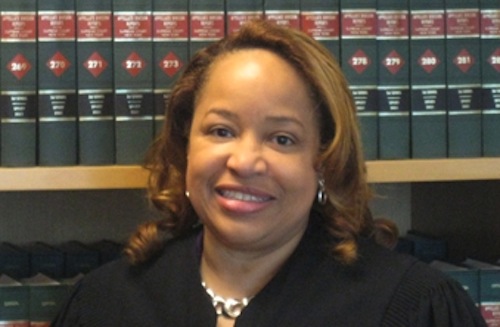Appeal likely over warehoused evidence lost during Sandy

Brooklyn defendant Manuel Castro discovered the physical evidence against him was washed away in waters of Superstorm Sandy. Even with the destruction of the physical evidence, Castro, a repeat violent offender, was sentenced to 23 years to life for the robbery and stabbing assault of a woman.
The Brooklyn Eagle reported early this month that the auto pound and evidence warehouses where the New York City Police Department store hundreds of seized cars, thousands of guns and 9,846 barrels of evidence containing sensitive DNA material have suffered tremendous damage during October’s Superstorm Sandy.
Slowly, cases affected by the damaged evidence are being brought to light. Paul J. Browne, the chief spokesman for the Police Department, said that in at least six criminal trials, a police official has had to testify that evidence was inaccessible, but still existed.